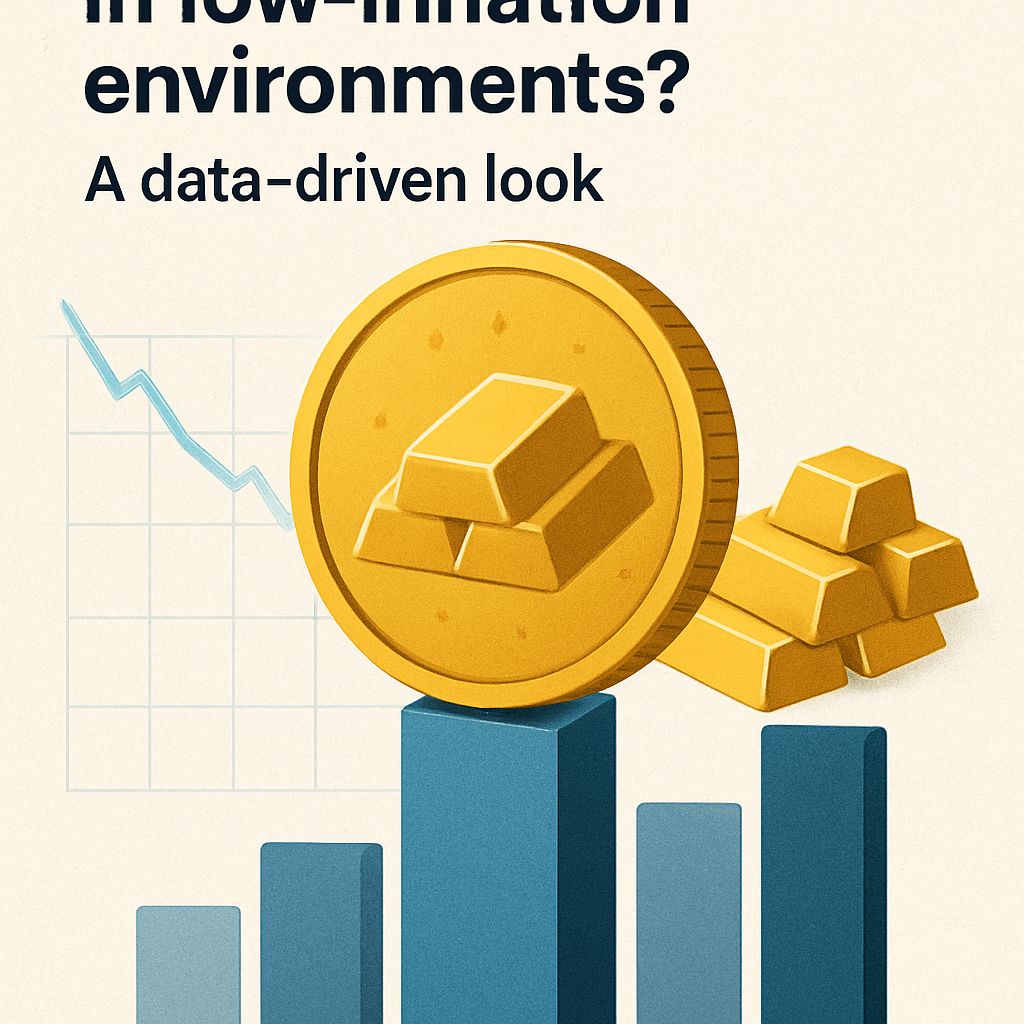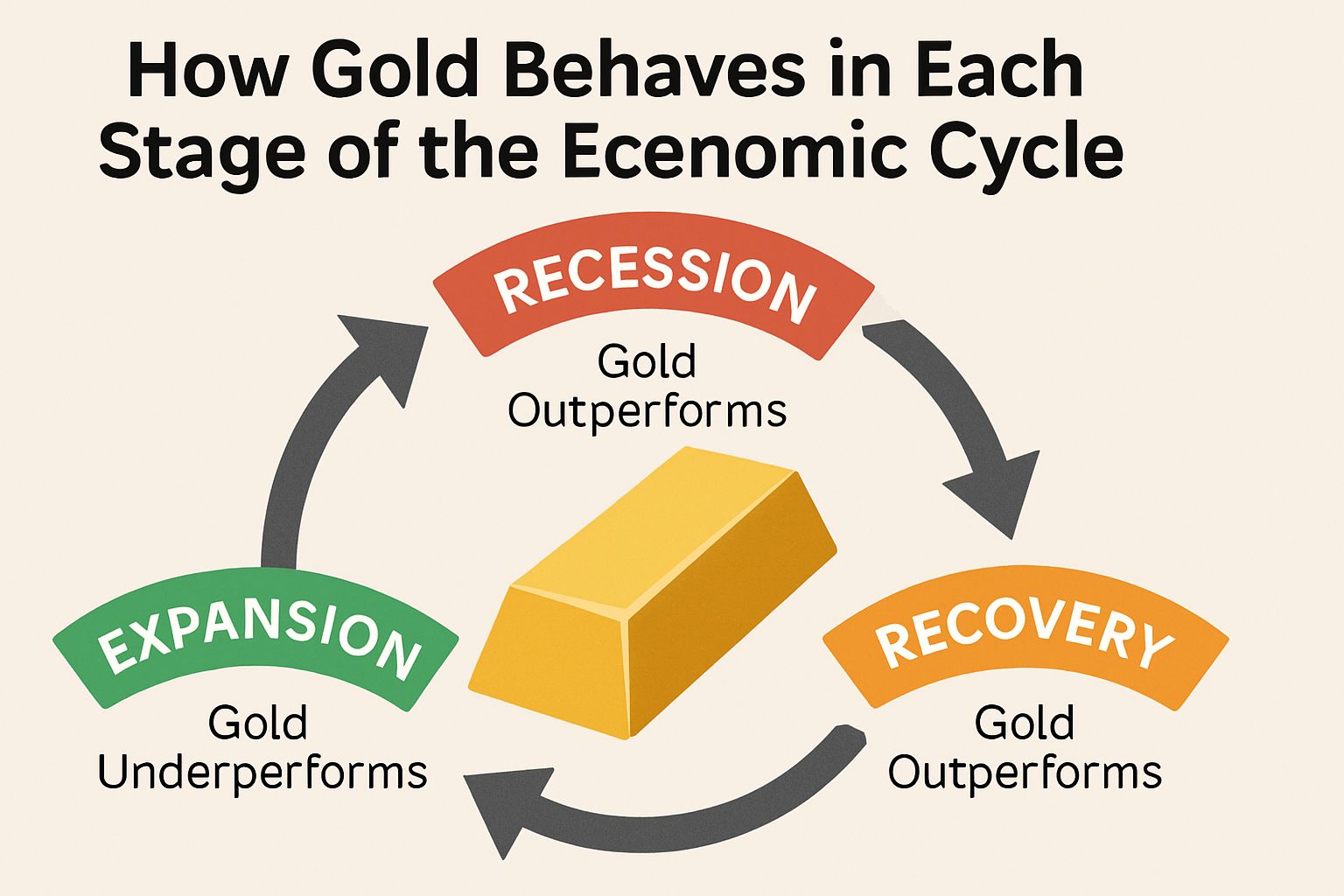Gold has long been revered as a cornerstone of wealth and security. Its allure, transcending cultures and centuries, is not merely a product of its luster but rooted in a variety of compelling reasons that make it an attractive asset for investors.
Here are key factors that underscore the importance of including gold in a modern investment portfolio.
1. Hedge Against Inflation
Gold's reputation as an inflation hedge is well-established. Historically, its price has tended to rise along with the cost of living. This is because gold prices often move inversely to the value of fiat currencies. When fiat currency values decline due to inflation, gold prices often rise, preserving the purchasing power of investors' capital. This characteristic makes gold a strategic asset for protecting wealth over the long term.
2. Diversification
The principle of diversification is central to risk management in investing. Gold often moves independently of other assets such as stocks, bonds, and real estate, making it an excellent tool for diversifying investment portfolios. Its unique behavior and negative correlation with other asset classes can reduce portfolio volatility and potential losses during market downturns, providing a more stable overall performance.
3. Safe Haven in Times of Uncertainty
Gold is widely regarded as a safe-haven asset during periods of geopolitical and economic uncertainty. When confidence in governments and financial markets wanes, investors frequently turn to gold as a store of value that can withstand political and economic turmoil. Its enduring value in times of crisis supports its role as a protective asset for preserving wealth.
4. Limited Supply, Growing Demand
One of the fundamental reasons behind gold's intrinsic value is its limited supply. Gold mining cannot rapidly respond to increases in demand, leading to potential price increases when demand outstrips supply. Moreover, growing interest from emerging markets and central banks looking to diversify their reserves can further drive demand and, subsequently, prices.
5. Tangible Asset
Unlike digital assets or paper-based investments, gold is a tangible asset. Owning physical gold, whether in the form of bars, coins, or jewelry, provides a sense of security and permanence that is not subject to hacking or digital failures. Additionally, physical gold does not require a counterparty for its value, unlike stocks or bonds, which depend on corporate performance or governmental stability.
6. Potential for Capital Appreciation
Over the long term, gold has demonstrated considerable potential for capital appreciation. While its price can be volatile in the short term, gold has historically maintained its value and experienced upward trends over longer periods. Investors looking for both wealth preservation and growth opportunities may find gold an appealing addition to their portfolios.
Conclusion
Investing in gold offers a multifaceted approach to wealth preservation, risk management, and potential growth. Its ability to act as a hedge against inflation, contribute to portfolio diversification, serve as a safe haven, and offer tangible asset security makes it a valuable component of a balanced investment strategy. As with any investment, it's important to consider one's financial goals, risk tolerance, and market conditions when incorporating gold into a portfolio. Nonetheless, the timeless appeal and proven resilience of gold remain compelling reasons for its consideration by modern investors.



